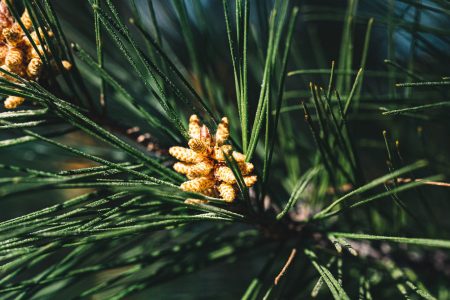Quantifying cultural ecosystem services: Disentangling the effects of management from landscape features

Tew et al. 2019
Cultural ecosystem services are recognised as important, but are notoriously difficult to define, measure and assign value to. This study of Thetford forest in the east UK uncovered the relationship between cultural values and land management practices, whilst controlling for the influence of landscape features, such as rivers and roads. The authors conducted a large online survey using ‘participatory GIS’ in which participants used a virtual spray can to indicate the strength of their preference for different locations on a map of the forest. Respondents were asked to mark their preferred locations with respect to four different ecosystem services: outdoor recreation, wildlife, heritage/educational value, and scenic beauty/tranquility.
It was found that a third of all land management and ecosystem service combinations were valued either significantly positively or negatively, showing that cultural ecosystem services do vary with land management. Overall, the forest as a whole was valued negatively compared to open spaces. It was found that the Corsican pine monoculture parts of the forest were regarded negatively compared to species mixtures and monocultures of other species (e.g. Douglas fir, larch, sweet chestnut). There was also a weak preference for broadleaved over conifer species. The paper provides empirical evidence that changing the forest composition to have a greater variety of species could greatly increase the overall cultural value of the forest. Read the paper here.




